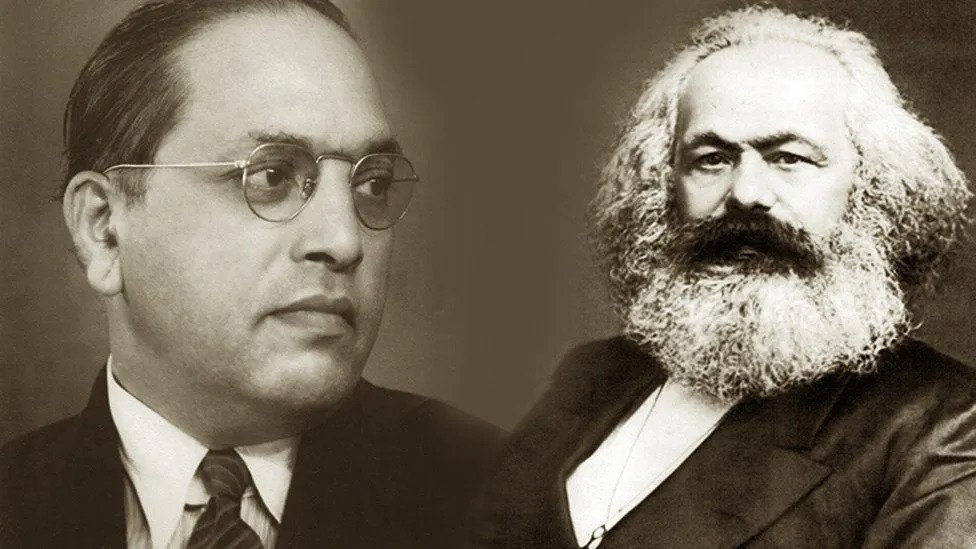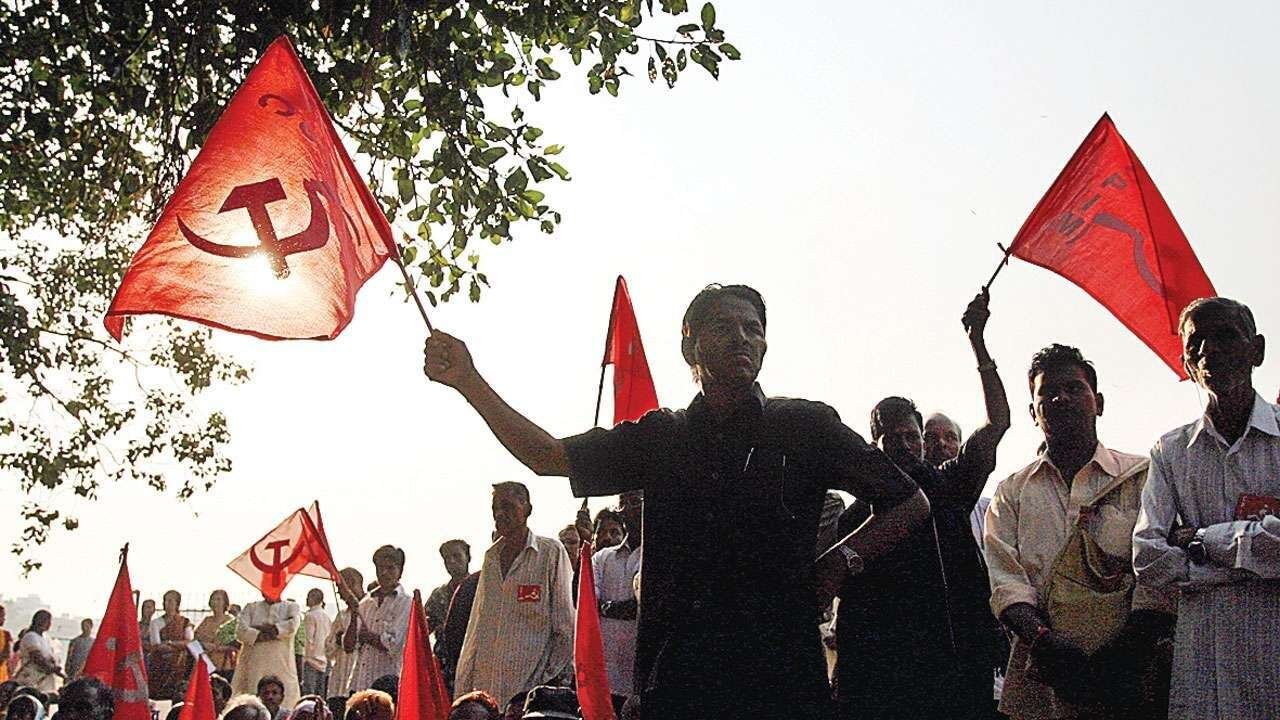By: Nitya Chakraborty
The 20th National Congress of the Chinese Communist Party begins on October 16 in Beijing. It will chart out the course of action for the next five years in terms of Chinese domestic politics, economy and also foreign policy, with the objective of catapulting the world’s largest populated country with the second biggest economy to the absolute forefront in the global stage by 2049 – the centennial year of the Communist republic’s formation.
The most important decision at the seven-day session, to be attended by 2296 delegates comprising every section of the Chinese society, is going to be the endorsement of third term for the current general secretary of the Chinese Communist Party, Xi Jinping, who would have completed his second term of five years on the eve of the 20th Congress. This will be an unprecedented step, but the process of allowing this exception had begun already in 2018, when Beijing amended the constitution to facilitate the third term for the current supremo.
At the just-concluded meeting of the four-day central committee on the eve of the 20th Congress, Xi Jinping’s extraordinary stature within the 96-million-strong Chinese Communist Party was reemphasized by the leadership. It was asserted by the party hierarchy that Xi is the core of the party and that he has achieved unusual greatness and extraordinary accomplishments over the past five years, despite a complex international environment and myriad domestic challenges. The fulsome praise of Xi in the CC statement indicates that the present general secretary is in complete control of the leadership and that he will be free in the coming Party Congress to nudge China towards the desired direction, as mentioned in his report approved by the central committee plenum, which is to be placed for discussion before the delegates at the Party Congress.
Significantly, the Central Committee is allowing Xi Jinping not only a third term, but has also made another exception in his case. It seems that the age bar is not applicable to Xi, who is 69 years and four months on the eve of the 20th Congress. Once he gets the third term, on the eve of the 21st Congress in 2027 end, he will be 74 years and four months. But the present norm for the Politburo Standing Committee (PSC) is 68 years maximum and 67 years for new entrants. The Politburo has 25 members, while the PSC, the topmost body, has a membership varying from seven to nine.
The China observers have also raised the question whether Xi’s powers will be expanded further by the 20th Congress by making him the lifetime general secretary or the supreme leader on the pattern of Mao Zedong. That seems unlikely. Xi is a pragmatist and he has been trying to take along the senior leaders of the Politburo and the PSC with him. He might take one step at a time and not bid for supreme position for life. But there is a possibility that Xi can be designated the Chairman of the Chinese Communist Party on the lines of Mao. This will require a further amendment in the constitution. It will be interesting to see whether Xi will be interested in upgrading himself to the position of the Chairman of the Party.
While many leading western journalists, including some of the respected experts on China, term Xi Jinping as hungry for power and working towards leading China to an ultranationalist path, an objective analysis shows that Xi is pursuing a policy of carrot-and-stick with his adversaries, specially the USA, while keeping his options open. This, he has done vis-a-via the affairs of the Chinese Communist Party as well, allowing some of his critics enough elbow room for some time, but eventually persuading them to formally endorse his position.
As Dr. Rana Mitter, a leading China expert and Professor the University of Oxford, says, Xi Jinping has been effective at arguing that China has entered a “new era”, which demands leadership that can operate outside the norms that were set up under Jiang Zemin and Hu Jintao. Various tasks, including the rise of China to economic dominance, or the unification with Taiwan, may take a longer period to accomplish than the standard 10 years. Xi’s capability for a consecutive third term reflects the party’s willingness to take a longer view of Xi’s overarching significance in redefining a resurgent China.
That is the exact position. Xi is certainly ambitious and which political leader is not. But he has made good use of his leadership in the last five years to focus on the major issues related to relations with USA, Taiwan, and even Russia, as well as deftly handled the recent setbacks to the economy, such as the impact of the coronavirus pandemic, in a broader perspective to the satisfaction of the senior members of the party leadership. Xi is most vociferous about the speedy emergence of China as a super-power and he has his roadmap ready for taking China to the peak position. Latest developments including the Ukraine war and the tensions over Taiwan have further strengthened Xi’s position as a Chinese leader of global stature who can take on his counterparts from USA, Japan and the other western nations without losing his nerve.
China under Xi Jinping is genuinely concerned at the prospect of the US circumscribing it, politically, economically and even militarily. This could take many forms. Xi has a keen eye for the latest developments in science and technology, information and cyber warfare, and he knows the problems which the US could create for aspiring China to take its rightful place in 2049. While keeping its option open for collaboration with the US on hi-tech space and infra projects, China is also exploring alternatives in many areas, including the global financial reorientation away from the US dollar hegemony, along with a new interest in the Arctic. All these moves are being calibrated with caution by Xi without disturbing too much the balance of power in one go.
The global scenario in 2022 is completely different from the Chinese standpoint compared to 2017, when Xi began his second term. In 2017, China had a GDP growth rate of 6.9 percent as against the target of 6.5 percent. That was a great beginning for Xi while taking over his second term. But now, when he completes his second term this week, the GDP projection for 2022 is 2.2 percent. The unusually strict zero-Covid policy had led to extensive shutdowns, leading to the decline in GDP in 2022. Last year, Xi took the unusual step in taking actions against some of the Chinese hi-tech companies, which recorded exponential growth during his two terms. This step was along the lines of his ‘common aspirations’ policy, which was a corrective action to bring down inequality in the Chinese society.
Defying the predictions of the western observers that the China will be facing decline in hi-tech boom, nothing as such has occurred. Xi Jinping is set to liberalise the norms for the hi-tech companies again, but retaining restraints on super profits. This has been a part of Xi’s corrective mechanism in the last two terms. This approach has got the final approval from the central leadership, though in the initial days, misgivings were aired about the possible adverse impact of restrictions on Chinese tech and retail giants.
Summing up, what type of Chinese communist leadership will be emerging after the 20th Congress of the CCP? What does the super-empowerment of Xi Jinping, and his emergence as the supreme leader of the CCP next only to Mao Zedong, mean for global geo-eco-politics? The signals are that China will continue to follow its present policy of fighting containment efforts by the USA with as many allies as possible. One thing is clear that whatever the Chinese leaders talk in multilateral forums, China aims at sharing the duopoly of power only with the USA. Others are marginal players, as far as China is concerned.
The entire Chinese strategy will be woven around formulating the most viable programme to emerge stronger than the USA both economically and militarily. Right now, China is very friendly with Russia for meeting the US challenge after Ukraine war. But this is tactical; China is privately asking President Putin to scale down and look for negotiations. China cannot take the risk of a formal confrontation with the US and NATO just for Russia. Putin also knows this. China thinks of only Chinese interests, both political and economic and every step is being devised to serve the cause of Chinese nationalism.
Where does India stand within Xi’s vision of New China? India, according to the new vision of Xi, is not a big player in global scenario, but Chinese leaders take into account seriously that India is giving some competition to China in the area of economy. India is the largest functioning democracy in the world in terms of population. China does not like a vibrant democracy like India to fare better in terms of economy. China is angry that Indian government is taking restrictive measures against the Chinese companies operating in the country. Simultaneously, China is also worried that some of the top US hi-tech companies are considering shifting some scheduled investments from China to India. China has taken note that just as China is aspiring to emerge as the largest economy in the world overtaking USA by 2049; India also is set to become the third largest economy by 2030 surpassing Japan and Germany. Right now, India is the fifth largest economy.
Indian commentators term the 21st century as the “Asian century led by China and India”. Our government leaders also say so. But the Chinese commentators always say that the 21st century is the Chinese century. They never mention that India, Vietnam and Indonesia will also be the other partners in that century. Like Mohan Bhagwat of RSS, who talks of Akhand Bharat as his dream, China also talks of a Greater China. In fact, China is more comfortable with the right wing government in India, rather than the prospect of a liberal centre-left government led by the Congress and other non-BJP parties.
That way, India has to be on constant guard. While keeping options open for dialogue with China under Xi Jinping, the Indian government has to be reconciled to the fact that China views India as a part of the US global strategy of containing China. This was not the position five years ago. The membership of QUAD and participation of India along with US and Australia in the Indian Ocean exercises have angered China and blinkered its view on India. India has to closely monitor the developments in the global politics and use its flexibility more in its diplomacy with the big nations including China, on the lines Prime Minister Narendra Modi showed recently in relation to Russia overruling the US advice.
India has to be prepared for a long haul in respect of its relationship with China. The purported “Amrit Kaal” of Narendra Modi is spread over the next 25 years to reach 2047; while China’s amrit kaal covers the next 27 years till 2049. The march will be on parallel lines for the two biggest populated countries of the world. China, a monolithic political system and India, a thriving chaos of democracy. Can the twain meet at some point? That will be the most interesting part of the present Asian century. (IPA Service)







